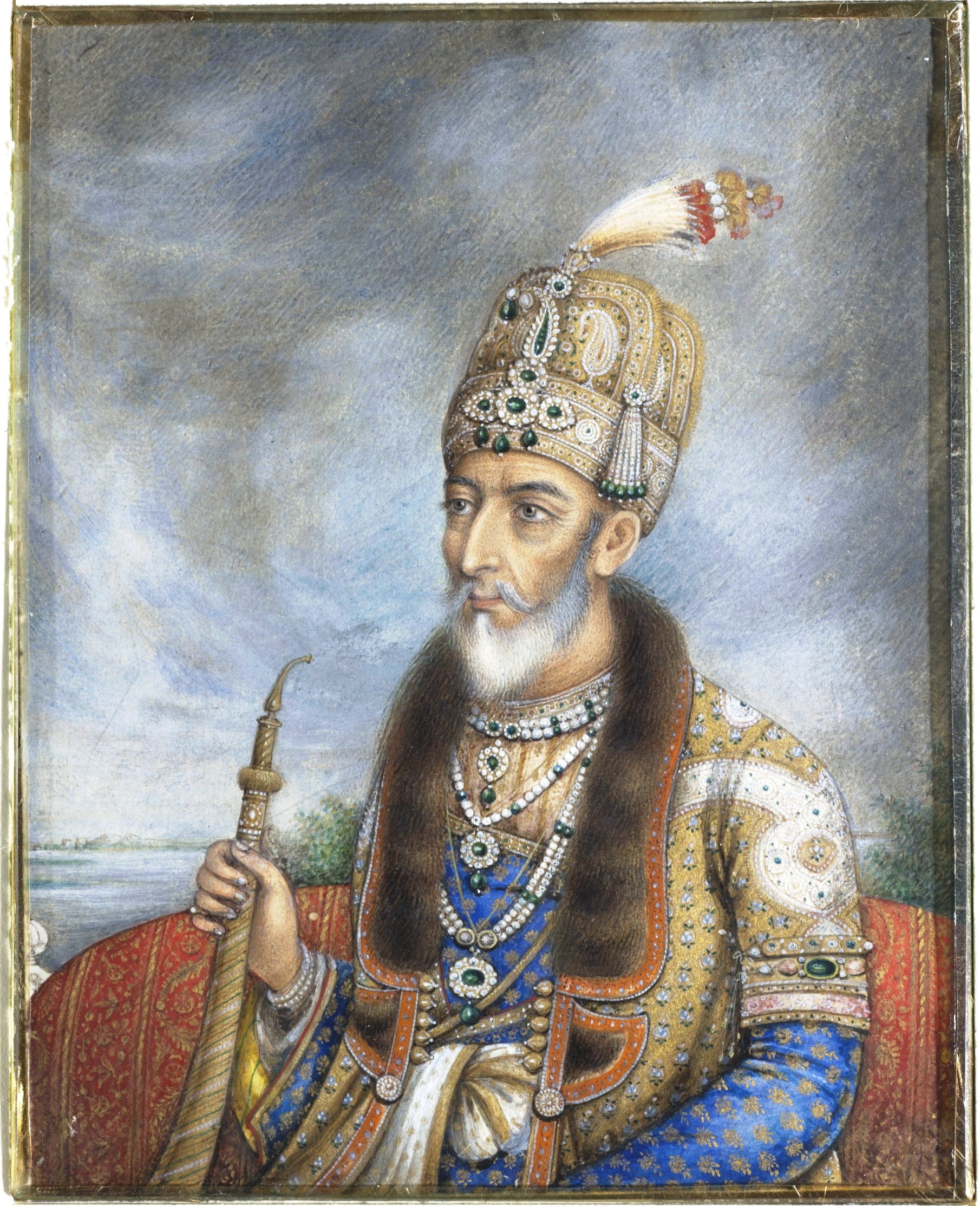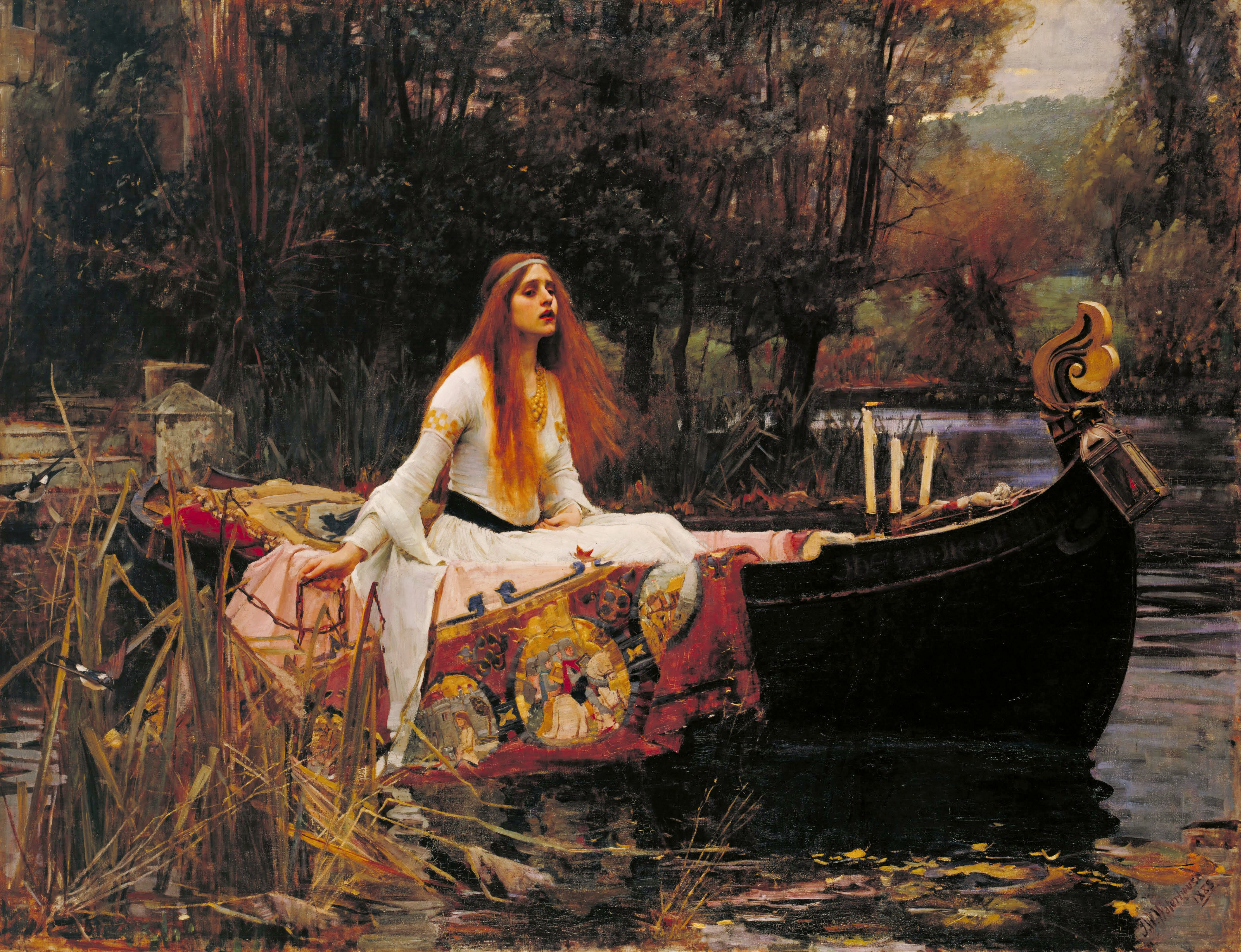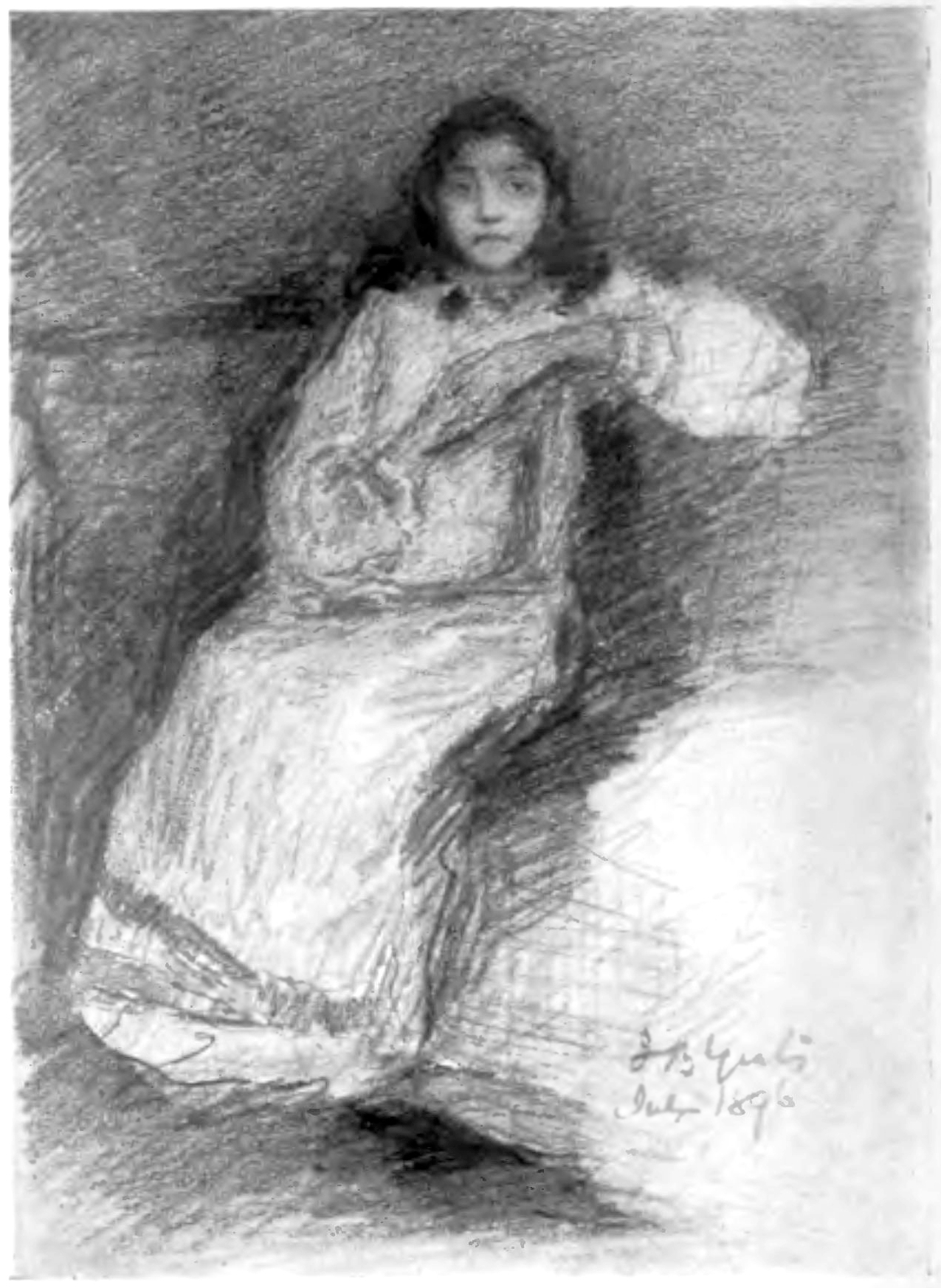|
All India Women’s Conference
The All India Women's Conference (AIWC) is a non-governmental organisation (Non-governmental organization, NGO) based in Delhi. It was founded in 1927 by Margaret Cousins in order to improve educational efforts for women and children and has expanded its scope to also tackle other women's rights issues. The organisation is the oldest nation-wide women's rights organization in India and has branches throughout the country. It is a member of the International Alliance of Women. History The All India Women's Conference (AIWC) was founded in 1927 in Pune in order to promote women and children's education and social welfare. Margaret Cousins had called for the creation of an organisation as early as late 1925 by writing to other women's groups and to friends to come together to discuss education for women. The first meeting held in Poona saw 2,000 attendees who met at the Fergusson College Hall on Savitribai Phule Pune University, Poona University. Most of the attendees were observ ... [...More Info...] [...Related Items...] OR: [Wikipedia] [Google] [Baidu] |
Margaret Cousins
Margaret Elizabeth Cousins (''née'' Gillespie, also known as Gretta Cousins; 7 November 1878 – 11 March 1954) was an Irish-Indian educationist, suffragist and Theosophist, who established All India Women's Conference (AIWC) in 1927. She was the wife of poet and literary critic James Cousins, with whom she moved to India in 1915. She is credited with preserving the tune of the Indian National Anthem ''Jana Gana Mana'' based on the notes provided by Tagore himself in February 1919, during Rabindranath Tagore's visit to the Madanapalle College. She was a member of the Flag Presentation Committee which presented the Flag of India, National Flag to the Constituent Assembly of India, Constituent Assembly on 14 August 1947. Early life and education Margaret Gillespie, from an Protestantism in Ireland, Irish Protestant family, was born at Boyle, County Roscommon, and educated locally and in Derry. She studied music at the Royal University of Ireland in Dublin, graduating in 1902, an ... [...More Info...] [...Related Items...] OR: [Wikipedia] [Google] [Baidu] |
Indian Independence Movement
The Indian independence movement was a series of historic events in South Asia with the ultimate aim of ending British Raj, British colonial rule. It lasted until 1947, when the Indian Independence Act 1947 was passed. The first nationalistic movement took root in the newly formed Indian National Congress with prominent moderate leaders seeking the right to appear for Indian Civil Service examinations in British India, as well as more economic rights for natives. The first half of the 20th century saw a more radical approach towards self-rule. The stages of the independence struggle in the 1920s were characterised by the leadership of Mahatma Gandhi and Congress's adoption of Gandhi's policy of non-violence and Salt March, civil disobedience. Some of the leading followers of Gandhi's ideology were Jawaharlal Nehru, Vallabhbhai Patel, Abdul Ghaffar Khan, Maulana Azad, and others. Intellectuals such as Rabindranath Tagore, Subramania Bharati, and Bankim Chandra Chattopadhyay spr ... [...More Info...] [...Related Items...] OR: [Wikipedia] [Google] [Baidu] |
Lady Abdul Quadir
''Lady'' is a term for a woman who behaves in a polite way. Once used to describe only women of a high social class or status, the female counterpart of lord, now it may refer to any adult woman, as gentleman can be used for men. "Lady" is also a formal title in the United Kingdom. "Lady" is used before the family name or peerage of a woman with a title of nobility or honorary title ''suo jure'' (in her own right), such as female members of the Order of the Garter and Order of the Thistle, or the wife of a lord, a baronet, Scottish feudal baron, laird, or a knight, and also before the first name of the daughter of a duke, marquess, or earl. Etymology The word comes from Old English '; the first part of the word is a mutated form of ', "loaf, bread", also seen in the corresponding ', "lord". The second part is usually taken to be from the root ''dig-'', "to knead", seen also in dough; the sense development from bread-kneader, or bread-maker, or bread-shaper, to the ordinary ... [...More Info...] [...Related Items...] OR: [Wikipedia] [Google] [Baidu] |
Vidyagauri Nilkanth
Vidyagauri Nilkanth (1876-1958) was an Indian social reformer, educationist, and writer. She was also one of the first two women graduates in Gujarat. Early life Vidyagauri Nilkanth was born on 1 June 1876 in Ahmedabad. She was the daughter of a judicial officer, Gopilal Dhruva and Balaben. She was a granddaughter of Bholanath Divetia, a social reformer and poet. She got her primary education (till Class VII) from Raibahadur Maganbhai Girl's High School and completed secondary school education from Anglo-vernacular classes at the Mahalakshmi Teachers Training College. She married Ramanbhai Nilkanth in 1889 and together they wrote many articles, books and jointly edited a magazine, ''Jnanasudha''. Vinodini Nilkanth and Sarojini Mehta were their daughters. With the support of her husband, she completed her matriculation in 1891 standing the first in Gujarati in the University of Mumbai, University of Bombay and pursued higher education. She enrolled in 1894 and graduated from Gu ... [...More Info...] [...Related Items...] OR: [Wikipedia] [Google] [Baidu] |
Sarala Roy
Sarala Roy (1861-1946) was an Indian educator, feminist, and social activist. She was one of the first women to matriculate from Calcutta University, and was the first woman to be a member of the University Senate. She founded a school for girls and several women's educational charities, and was a founding member and later, the President of the All India Women's Conference. As President of the All India Women's Conference in 1932, she played a key role in organizing efforts towards women's suffrage, and against child marriage. She was also a strong supporter of educational rights for women and girls. Early life and education She was the daughter of Durga Mohan Das, a prominent social reformer, and her sister, Abala Bose, was also a noted educator. Along with physician Kadambini Ganguly, Roy was one of the first women to be allowed sit the Matriculation exams to graduate from Calcutta University, and she later became the first woman to be a member of the Calcutta University ... [...More Info...] [...Related Items...] OR: [Wikipedia] [Google] [Baidu] |
Muthulakshmi Reddy
Muthulakshmi Reddy (also spelled Reddi in some British Indian sources; 30 July 1886 – 22 July 1968) was an Indian medical practitioner, social reformer and Padma Bhushan award recipient. Muthulakshmi Reddy was appointed to the Madras Legislative Council in 1926. This nomination marked the beginning of her lifelong effort to "correct the balance for women by removing social abuses and working for equality in moral standards″. She was a women's activist and social reformer. She had a number of firsts to her name: the first female student to be admitted into a men's college, the first woman House Surgeon in the Government Maternity and Ophthalmic Hospital, the first woman Legislator in British India, the first Chairperson of the State Social Welfare Advisory Board, the first woman Deputy President of the Legislative Council, and the first woman in the Madras Corporation. She built Avvai Home in 1931. Reddy was born in the princely state of Pudukkottai of Tamil Nadu. In spit ... [...More Info...] [...Related Items...] OR: [Wikipedia] [Google] [Baidu] |
Sarojini Naidu
Sarojini Naidu (Birth name, née Chattopadhyay) (; 13 February 1879 – 2 March 1949) was an Indian political activist and poet who served as the first Governor of Uttar Pradesh, Governor of United Provinces, after Independence Day (India), India's independence. She played an important role in the Indian independence movement against the British Raj. She was the first Indian woman to be president of the Indian National Congress and appointed governor of a state. Born in a Bengalis, Bengali family in Hyderabad, Naidu was educated in Madras, London and Cambridge. Following her time in Britain, where she worked as a suffragist, she was drawn to the Congress party's struggle for India's independence. She became a part of the national movement and became a follower of Mahatma Gandhi and his idea of swaraj (self-rule). She was appointed Congress president in 1925 and, when India achieved its independence, became Governor of the United Provinces (1937–1950), United Provinces in 1947. ... [...More Info...] [...Related Items...] OR: [Wikipedia] [Google] [Baidu] |
Kaikhusrau Jahan, Begum Of Bhopal
Sultan Jahan (9 July 1858 – 12 May 1930) was the ruling Begum of Bhopal between 1901 and 1926. Biography Early life Sarkar Amman known better as Sultan Jahan, was born at Bhopal, the elder and only surviving child of Nawab Begum Sultan Shah Jahan and her husband Baqi Muhammad Khan Bahadur (1823–1867). In 1868, she was proclaimed heiress apparent to the Bhopal ''musnaid'' following the death of her grandmother, Sikander Begum and her mother's succession to the throne. In 1901, Sultan Jahan succeeded her mother at her death, becoming Nawab Begum of Dar-ul-Iqbal-i-Bhopal. Nawab Begum A great reformer in the tradition of her mother and grandmother, she was a member of Bharat Stree Mahamandal (The Great Circle of Indian Women) which promoted girls education. Sultan Jahan founded several important educational institutions in Bhopal, establishing free and compulsory primary education in 1918. During her reign, she had a particular focus on public instruction, especially ... [...More Info...] [...Related Items...] OR: [Wikipedia] [Google] [Baidu] |
Maharani Chimnabai
Maharani Chimnabai II (1872 – 23 August 1958) was a queen and the second wife Maharaja Sayajirao Gaekwad of the princely state of Baroda, Gujarat, British India. She is the author of the treatise '' The position of Women in Indian Life'' (1911), and was the first president of the All India Women's Conference (AIWC) in 1927–1928, as well as the president of the National Council of Women in India in 1928–1937. Biography Shrimant Gajarabai became Chimnabai II upon marrying Sayajirao Gaekwad in 1885. A progressive woman, she worked toward education for girls, abolishing the purdah system and child marriage, and became the first president of the AIWC in 1927. She is the author of the treatise ''The position of Women in Indian Life'' (1911). Her daughter Indira Devi became the consort of Jitendra Narayan, Maharajah of Cooch Behar Cooch Behar (), also known as Koch Bihar, is a city in the Indian state of West Bengal and it stands on bank of the Torsa river. The city i ... [...More Info...] [...Related Items...] OR: [Wikipedia] [Google] [Baidu] |
Human Trafficking In India
In 2010, Human trafficking in India, although illegal under Indian law, remained a significant problem. People were frequently illegally trafficked through India for the purposes of commercial sexual exploitation and forced/bonded labour. Although no reliable study of forced and bonded labour was completed, NGOs estimated this problem affected 20 to 65 million Indians. Men, women and children were trafficked in India for diverse reasons. Women and girls were trafficked within the country for the purposes of commercial sexual exploitation and forced marriage, especially in those areas where the sex ratio is highly skewed in favour of men. Men and boys were trafficked for the purposes of labour, and may be sexually exploited by traffickers to serve as gigolos, massage experts, escorts, etc. A significant portion of children are subjected to forced labour as factory workers, domestic servants, beggars, and agriculture workers, and have been used as armed combatants by some terrori ... [...More Info...] [...Related Items...] OR: [Wikipedia] [Google] [Baidu] |
Solar Dryer
Solar dryers are devices that use solar energy to dry substances, especially food. Solar dryers use the heat from the Sun to reduce the moisture content of food substances. There are two general types of solar dryers: direct and indirect. Direct Direct solar dryers expose the substance to be dehydrated to direct sunlight. Historically, food and clothing was dried in the sun by using lines, or laying the items on rocks or on top of tents. In Mongolia cheese and meat are still traditionally dried using the top of the ger (tent) as a solar dryer. In these systems the solar drying is assisted by the movement of the air (wind) that removes the more saturated air away from the items being dried. More recently, complex drying racks and solar tents were constructed as solar dryers. One modern type of solar dryer has a black absorbing surface which collects the light and converts it to heat; the substance to be dried is placed directly on this surface. These driers may have enclosur ... [...More Info...] [...Related Items...] OR: [Wikipedia] [Google] [Baidu] |
Rural Area
In general, a rural area or a countryside is a geographic area that is located outside towns and cities. Typical rural areas have a low population density and small settlements. Agricultural areas and areas with forestry are typically described as rural, as well as other areas lacking substantial development. Different countries have varying definitions of ''rural'' for statistical and administrative purposes. Rural areas have unique economic and social dynamics due to their relationship with land-based industry such as agriculture, forestry, and resource extraction. Rural economics can be subject to boom and bust cycles and vulnerable to extreme weather or natural disasters, such as droughts. These dynamics alongside larger economic forces encouraging urbanization have led to significant demographic declines, called rural flight, where economic incentives encourage younger populations to go to cities for education and access to jobs, leaving older, less educated and ... [...More Info...] [...Related Items...] OR: [Wikipedia] [Google] [Baidu] |






